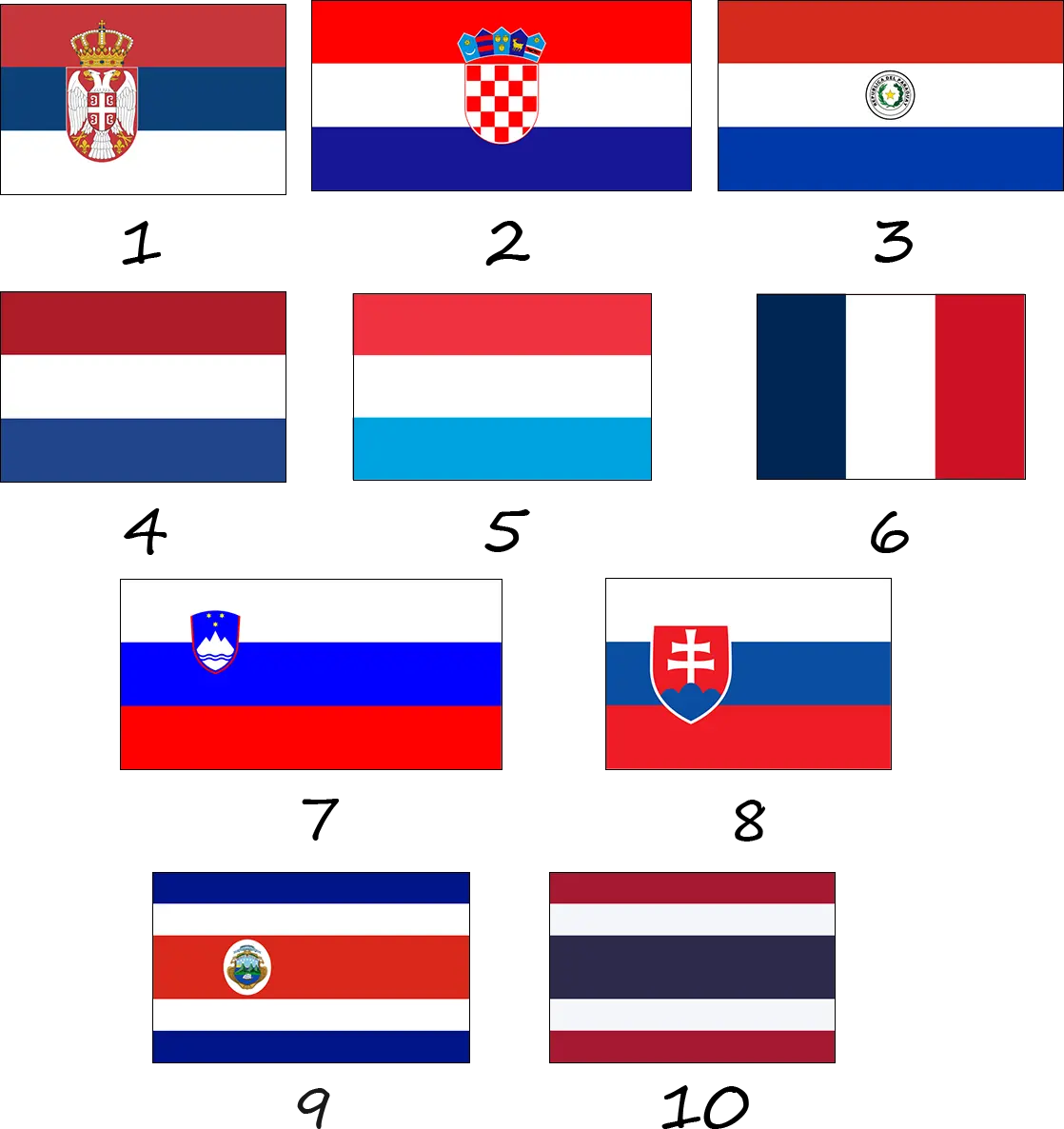The tricolor first appeared in Russia about 350 years ago and has become a symbol of the country. The colors white, blue and red are of great importance in the Russian heraldic tradition. The first Russian warship, the Orel, was built in 1667-1668. Black, white and azure fabric was ordered to create the ship's banners. However, due to the uprising of Stepan Razin, the first Orel was burned down, so the exact appearance of the first tricolor is unknown. According to the most reliable version, the flag may have had a blue cross on a white and red background. During the reign of Tsar Peter the Great, the flag of the Moscow kingdom appeared, which was used during the tsar's first sea voyage in 1693. The ancient flag is kept in the museum and is the oldest of all surviving tricolors. It consists of white, blue, and red stripes, with the image of a double-headed eagle with a red shield and St. George the Victorious on its chest in the center of the flag.
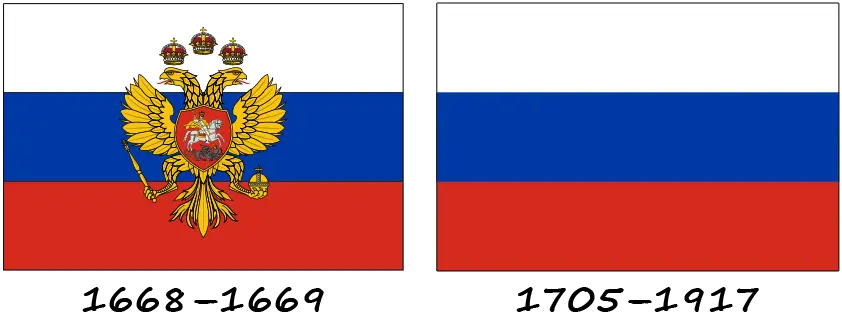
In 1705, Peter the Great issued a decree requiring foreign merchant ships to fly the tricolor without the eagle. In the nineteenth century, the white, blue, and red flag was used on land. Russian pioneers often marked the newly discovered lands with memorial crosses, but in 1806, an expedition to South Sakhalin planted the tricolor on the shore. In 1858, Emperor Alexander II approved a new national flag consisting of black, yellow, and white horizontal stripes. However, this flag was similar to the flag of the Austrian Empire, so it was not adopted. The next emperor, Alexander III, returned to using the tricolor, and the black, yellow, and white flag remained a symbol of the Romanov dynasty.
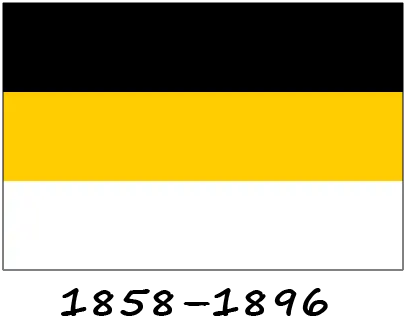
After the October Revolution of 1917 and the Bolsheviks' rise to power, the Russian Empire plunged into a new era in which the red flag came to the fore as a symbol of struggle. Its appearance meant the destruction of the old imperial structures and the introduction of the Soviet regime. Initially, the red flag had no established symbolism, but in 1918 it was inscribed with the words “RSFSR” (Russian Soviet Federative Socialist Republic).
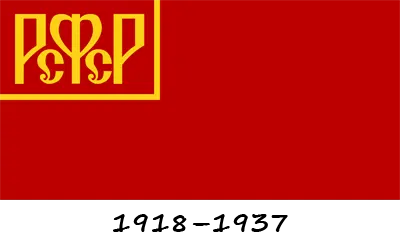
In December 1922, the Union of Soviet Socialist Republics (USSR) was officially founded, which led to a change in national flags. The first official flag of the USSR was a red cloth with the state emblem in the center. The coat of arms consisted of a hammer and sickle, symbols of the working class and peasantry, surrounded by a wreath of wheat. The coat of arms was bordered by a white border, which made it stand out against the red background. In 1923, the design of the flag changed: now in the upper left corner (in the canton) were depicted a sickle, a hammer and a red five-pointed star in gold, i.e. the same symbols as on the coat of arms, only in a simplified version. The canton was also highlighted by a golden border.
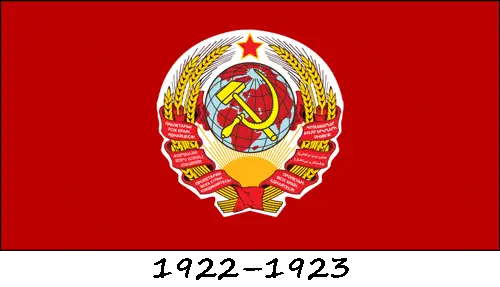
In the period from 1924 to 1991, the flag of the Soviet Union had 3 more variations, but the changes were very minor and noticeable only in comparison - the size of the symbols changed. The main difference between these three versions and the flag of 1923 is the absence of the golden outline of the canton, otherwise the symbolism remained unchanged: a five-pointed star at the top, symbolizing the leadership of the Communist Party, and a hammer and sickle at the bottom.
Returning to the flag of the RSFSR, it should be noted that it changed as follows. In 1937, the abbreviation RSFSR remained, but the style of writing changed, the inscription became more readable, and, as in the 1924 version of the USSR flag, the outline of the canton disappeared. In 1954, the design of the RSFSR flag changed: the red cloth remained dominant, but a vertical blue stripe was added near the pole. The blue color symbolized the unity of nations in a multinational state. This added a new dimension to Soviet symbolism, emphasizing the commonality of different peoples under the auspices of one great country. In addition, the usual Soviet symbols appeared: the sickle, hammer, and five-pointed star, and the inscription RSFSR disappeared.

In 1991, after the collapse of the USSR, the tricolor became the official flag of Russia. The return to the historical Russian flag, which was used in the Russian Empire before 1917, symbolized the revival of national identity and the desire for democratic change. In 1993, a law was passed that officially approved the tricolor as the national flag of Russia with changes in the shades of blue and red and the proportions of the flag, namely from 1:2 to 2:3.


